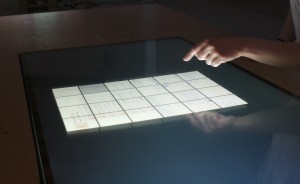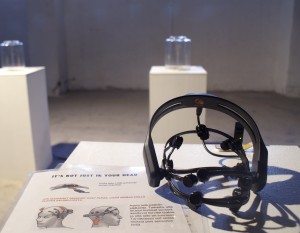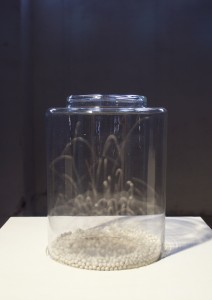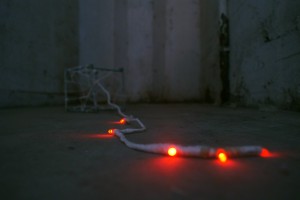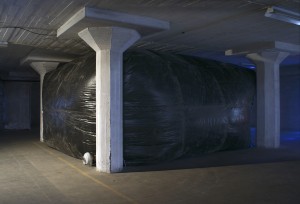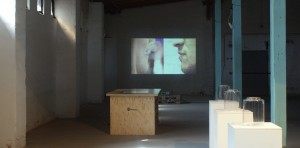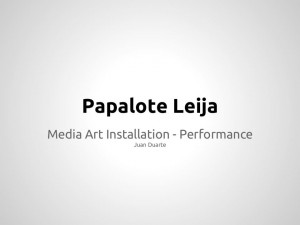I’ve been a huge internet dweller for all my life and for this installation project I’d like to create something that revolves around the word “fugly”. Fugly is an abbreviation from the words fucking ugly and one can refer to quite a lot of things with it. I’ve learned to understand fugly as something painstakingly unaesthetic or puke inducing when looked at. While my goal is not to drive anyone on the verge of feeling sick, I do plan to create something highly unaesthetic. I’ll be limiting my subject area to the fugliness of graphic design, pictures and video.
Fugly is indeed a spawn of the almighty internet and thus to find what it symbolizes I have to dive into the dark recesses of the bit caves. This diving is in practice carried out by utilizing the social media and other useful mass gathering sites and applications such as Facebook, Reddit and Amazon’s Mechanical Turk.
My plan is not to define the word fugly in its purest form but to collect a large enough sample of definitions to be able to create something of a fugly defining mash up. The creation will be a mixed technique piece containing print, video and some other stuff I’ve still to determine.
EDIT ONE, 25.3.2013:
I’ve contacted Espoon Palvelutalo and they’ve agreed to let me interview some of the elderly people living there. I’m planning to do about 15 – 20 relaxed interviews about ugly things and I’m hoping that the old and wise people at the elderly home can give me glorious insight into the subject.
EDIT TWO, 7.4.2013:
So I actually visited the Espoon Palvelutalo on Wednesday 3.4. and interviewed the elderly people residing there. I have to say that the visit was quite a disappointment. I managed to interview about ten of the residents and the rest of the folks were just way too old or on heavy medications which rendered talking to them very challenging. In this case interviewing also meant listening to mumbles about the second world war and distant relatives.
My quest for answers about aesthetics in photography or cinematography couldn’t have been more ill placed in the Espoon Palvelutalo. None of the elders was truly interested in answering me about anything even remotely related to the subject. I had to modify my questions as far as asking them what they liked to view on TV and what kind of pictures they’ve generally seen throughout their lives. Even these questions sank into a bombardment of answers like “You know, just the usual.” and “Anything that’s on.”
Now, I must admit that my skills with the elders might not be honed to maximum efficiency but the whole experience was quite discouraging. Thankfully I had a sudden surge of inspiration after the unfortunate events leading to this moment.
I decided to make a video installation. It requires two projectors, two laptops and two speakers. The pictures of the projectors will be displayed next to each other, possibly overlapping each other. The left picture shows an array of men talking to the right (only the chin and nose showing, big closeup) and the right picture correspondingly women talking to the left. They all say different variations of “You’re so fucking ugly.” The variations can be quite elaborate but they all convey the same message.
I’m planning to shoot and record ten of these statements for each gender. When displayed next to each other, the videos with different lengths loop and start running at different times in relation to each other.

